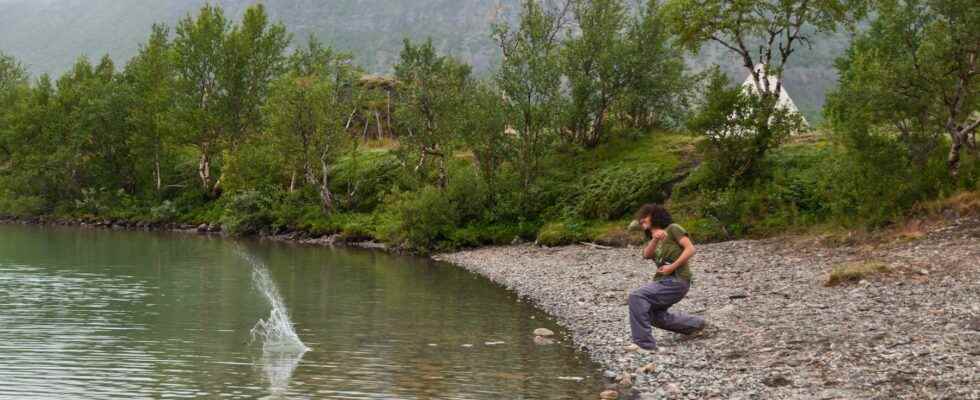Ricochets, each manages to make three, four or even five. Specialists can blithely exceed fifty. So what are the secrets of ricochet physics?
You will also be interested
Several factors contribute to the success of ricochets on calm water: the speed of the cast, the inclination of the pebble and his rotation speed.
The throwing speed
Pebbles are denser than water. They therefore naturally tend to sink. However, as with an airplane wing, a lift force exerted in contact with water on sufficiently flat pebbles. This force allows the pebble to levitate on the water. Thus, a pebble weighing some 200 grams, in the shape of a disc 5 centimeters in radius, must be thrown at a speed greater than 2.5 kilometers per hour in order to hope to ricochet.
The inclination of the pebble
The trajectory of the roller must, for its part, be as skimming as possible when touching the surface of the water. Enough to allow the reaction force of the surface to modify the trajectory of the roller to send it back into the air. Before the gravity regain the upper hand and bring it closer to the body of water again. If the initial speed was high enough, the pebble then sets off again in another ricochet.
The importance of rotation
Another essential condition for the multiplication of ricochets: the pebble must appear, again and again, practically flat on the water. However, during the rebound, the stone tends to tilt forward. To avoid this, we must rely on the gyroscopic effect and give it, from the start, a movement of rotation (at least two revolutions per second for our roller). Indeed, it is more difficult to change orientation of a rotating object.
Interested in what you just read?
